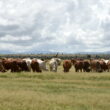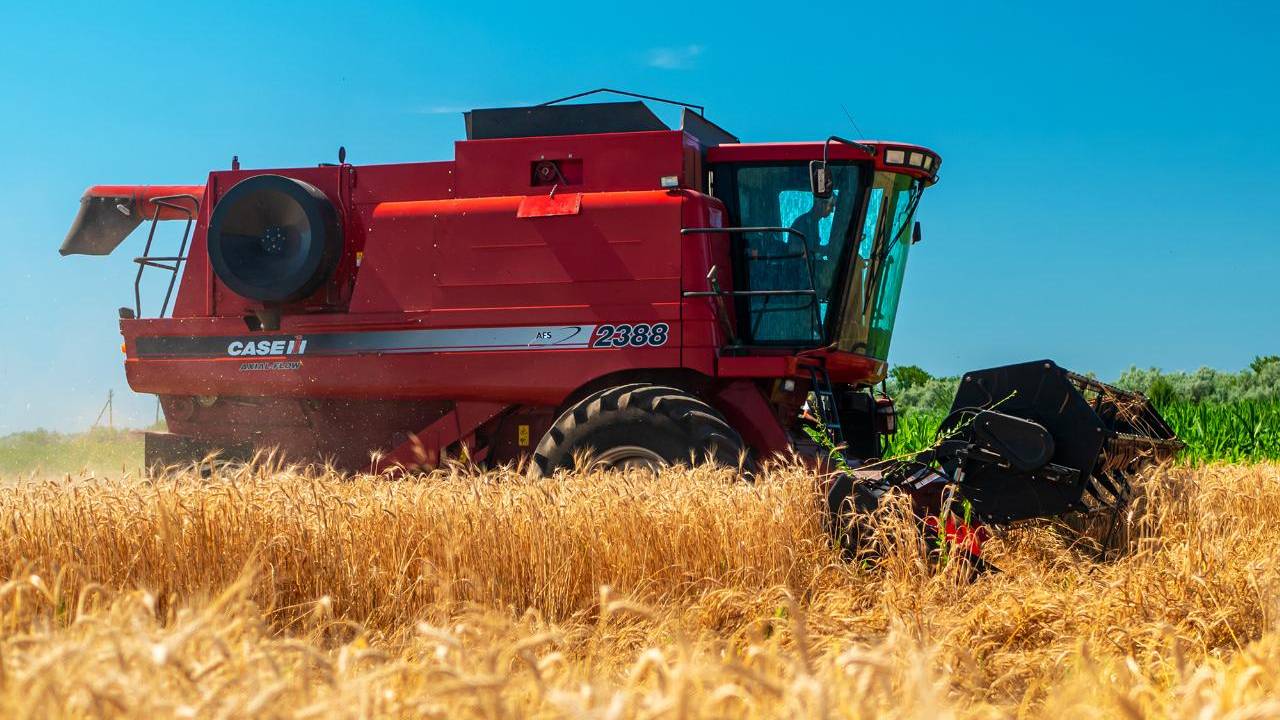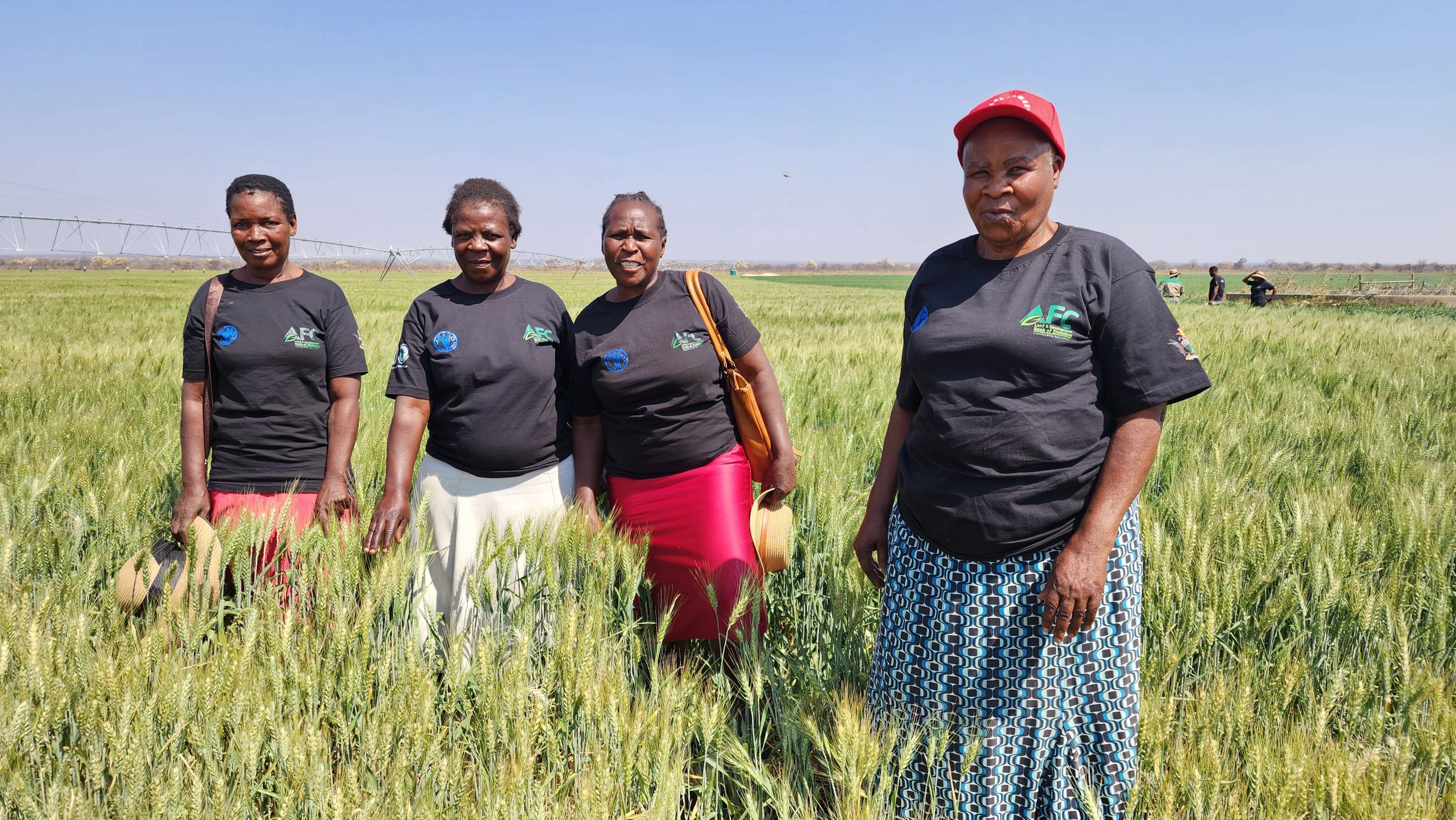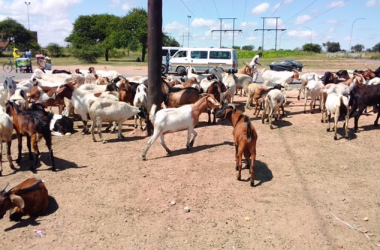By Tafadzwa Shepherd Mamvura
In Zimbabwe, cereal crop production is seasonal and largely dependent on rainfall which has often presented a narrow window to ensure food security, currently the Ministry of Lands, Agriculture Fisheries, Water and Rural Resettlement (MoLAFWRR) has launched strategic initiatives aimed at reviving irrigation schemes, in a bid to increase the country’s capacity to produce our staple crops beyond the seasonal window.
To sustain the gains of increased productivity, it is crucial to consider improving pre- and post-harvest knowledge and techniques for our farmers. The 2020/21 cropping season introduced the Pfumvudza/Intwasa program by the MoLAFWRR as a climate smart initiative to achieve increased yield output per hectare for cereal crops, and a drive to self- sufficiency. However, increases in yield without prevention or reduction in pre, post- harvest and processing technologies of cereal crops will diminish returns from farm to fork. It is estimated that 20-35% of potential harvest is lost due to poor pre- and post-harvest handling, that is, threshing/shelling, drying, transportation, storage management and milling. There is limited scope at achieving food security if this knowledge and technology gap is not closed.
Timely harvesting ensures high grain quality and market value. Harvesting too early results in grain with high moisture content and low quality. Harvesting too late results in excessive shattering losses, high field losses due to insect and vermin damage. The pre and post harvesting process includes manual or mechanical harvesting, threshing, cleaning, drying, storage and processing/milling.
Therefore, to reduce pre- and post-harvest losses, the following are important:
Pre-harvesting: Harvesting operations can be manual or mechanical (with combine harvester). A significant portion of our farmers use manual labour, and this involves cutting (staking and dehusking), threshing, cleaning (winnowing). Mature grain should not be left in the fields for long, it ought to be dried, and stored quickly. Pre-harvest losses are increased by delay in harvesting, due to lodging, and shattering.
Processing: proper threshing is critical to grain spoilage and increase in breakage in the downstream processes. Common threshing methods include trampling, threshing rack/rock and threshing machines. After threshing, grain should be cleaned (winnowing) before further processing to improve drying and quality when marketing or storing.
Drying: Grain Moisture (GM) is an important yield parameter that farmers need to understand which can enhance or reduce the overall quality of the yield, farmers are advised to seek guidance on measuring grain moisture from their Agritex Offices or the local representatives of the various agrobusiness companies.
For example – Maize for dry grain should be harvested at maturity with a GM of 23-28% with dry hard and glassy kernels, while sorghum at 20-25% GM and sugar beans 30-40% GM. Drying methods depend on culture and scale of farming involved most stake on field, some dehusk and put into cribs although mechanical driers are now available.
Storage: This is the final stage; however grain is still not yet free from damage and quality loss so that it is available for consumption as food or feed throughout the year. The main grain storage pests are molds (Aspergillus and Penicillium), insect pest (larger grain borer, Granary weevil, moths, and rodents).
The degree of grain pest activity in storage is affected by grain moisture, grain temperature, grain type, grain damage level (during threshing) and grain history. In Zimbabwe grain is stored in plastic/hematic grain bags, clay bins, metal silos/bins and concrete silos. Recommended moisture content for maize in storage is 12.5% (13-15%). Insects are a major threat to stored grain. To manage insect pest populations, it is important to remove all grain from previous seasons from the storage rooms before introducing newly harvested grain, decontaminate storage facilities/bins and use liquid chemicals or fumigants. Sack treatment, use of chemical dusts will aid proper storage management by protecting grain from insect pests. Aeration is crucial for stored grain to remove moisture and good hygienic practices. Grain storage losses can be as high as 37% depending on storage infrastructure, therefore in order to achieve self-sufficiency, in grain production, pre and post-harvest management should be part and parcel of the farmers’ planning process, to ensure that the gains of increased yields are retained.
Tafadzwa Shepherd Mamvura is a Microbiologist and Technical Advisor at Ecomark. He can be contacted on +263 773 415548; email mamvurashepherd@gmail.com











